RESOURCES
Privacy & terms
Quality Policy
Ozone
Our ozone water treatment solutions purify water and air with powerful, eco-friendly technology
Chemical-free sanitisation
Our ozone systems provide a modern solution to water treatment and surface sanitisation. Unlike traditional methods, our systems are chemical-free and do not leave unpleasant tastes or odours in the water. They are highly effective in cleaning and sanitising surfaces such as pipework, tanks, and bottles, making them suitable for use in a variety of industries. Additionally, ozone treatment is an excellent way to purify the air, eliminating odours, germs, viruses, and other microbiological contaminants that can harm human health.
Why choose us for ozone systems?
POWERFUL
The most powerful usable oxidising disinfectant available
ENVIRONMENTALLY FRIENDLY
Our ozone systems have the lowest toxicity of all oxidising bodies
SAFE
Safe for use in drinking water and no chemical handling involved
SEAMLESS INTEGRATION
Our fully integrated systems are easy to install, whether as part of a new setup or a retrofit
SMART CONTROL
Fully automatic, state-of-the-art smart monitoring and controls, with remote monitoring options
COMPREHENSIVE SOLUTIONS
We offer complete design, installation, service and maintenance solutions
How ozone works
Ozone applications

Borehole & river water
Water recycling

Hotels
Care homes

Healthcare
Building services

Manufacturing

Food & beverage
The Evolve edge
Evolve Water has a wealth of expertise in water treatment and purification systems, providing customised solutions to meet any water quality, site requirement, and constraint. With our outstanding design knowledge, equipment selection, and capacity to create tailored systems, we guarantee a perfect fit for your unique needs and site conditions.






